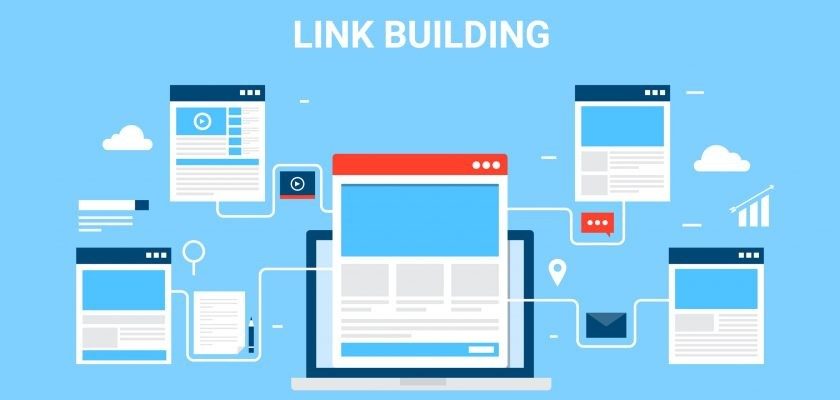Molte delle cose che illustrerò in questo articolo sono frutto di ricerche e studi personali, ma c’è anche qualche consiglio dato dallo stesso google che può servirci per chiarirci un pò le idee.
Cosa ci dice google sull’uso di link interni
How important is the anchor text for internal links? Should that be keyword rich? Is it a ranking signal? We do use internal links to better understand the context of content on your site so if we see a link that’s saying like red car is pointing to a page about red cars that helps us to better understand that but it’s not something that you need to keyword stuff in any way because what generally happens when people start kind of focusing too much on the internal links is that they have a collection of internal links that all say have like four or five words in them and then suddenly when we look at that page we see this big collection of links on the page and essentially that’s also text on a page so it’s looking like keyword stuff text so I try to just link naturally within your website and make sure that you kind of have that organic structure that gives us a little bit of context but not that your keyword stuffing every every anchor text there.
John Mueller
Introduzione a “Internal Link Building”
Se il Linkbuilding è l’arte di trovare altri siti web che linkano al tuo sito web, il link building interno è l’antica arte di ottenere pagine scansionate e indicizzate da Google. E’ l’arte di espandere l’autorevolezza sulle varie pagine di un sito e anche di enfatizzare naturalmente i contenuti importanti in modo naturale e che in realtà porta anche ad avere un beneficio in ottica SEO positivo per il posizionamento di specifiche combinazioni di keyword nella SERP (Search Engine Results Pages) di Google .
I backlink esterni al tuo sito sono molto più potenti di quelli interni, ma anche i link interni hanno il loro peso.
Tradizionalmente, una delle cose più importanti che potreste fare su un sito web, per evidenziare i vostri contenuti importanti, è linkare a pagine importanti, in particolare modo se queste pagine importanti sono sul vostro sito (come la homepage, per esempio).
Most links do provide a bit of additional context through their anchor text. At least they should, right?
John Mueller
Google 2017
Evidenziare pagine importanti nella struttura del tuo sito è sempre stato importante per Google da un punto di vista CRAWLING, INDEXING e RANKING. E’ importante anche per gli utenti del sito web dal punto di vista della USABILITA’, dell’ESPERIENZA UTENTE e in ottica di CONVERSION RATE.
Infatti già nel 2011 da google ci arrivano queste indicazioni:
If you have pages that you think are important on your site don’t bury them 15 links deep within your site and I’m not talking about directory length I’m talking about actual you have to click through 15 links to find that page if there’s a page that’s important or that has great profit margins or converts really – well – escalate that put a link to that page from your root page that’s the sort of thing where it can make a lot of sense.
Matt Cutts
Google 2011
Matt in quel periodo si occupava era a capo del team di webspam di Google, in pratica aveva il compito di proteggere la qualità dei risultati delle ricerche web di Google. Senza giri di parole ci spiega che se hai un contenuto importante allora inserisci un link interno per portarlo in evidenza. Buon senso.
La maggior parte dei moderni CMS nel 2019 fanno i salti mortali per permettere alle vostre pagine di essere indicizzate con successo. Preoccuparsi della vostra struttura di navigazione interna (a meno che non sia VERAMENTE assurda) è probabilmente inutile e non vi causerà grossi problemi dal punto di vista dell’indicizzazione.
Ci sono altre considerazioni da fare per far trovare le vostre pagine a google.
Quando si scrive un articolo, quando si crea una pagina, o quando operiamo sulla home ricordiamoci di inserire link ai nostri contenuti importanti.
Google ha detto che non importa dove sono i link sulla tua pagina, Googlebot li vedrà:
So position on a page for internal links is pretty much irrelevant from our point of view. We crawl, we use these mostly for crawling within a website, for understanding the context of individual pages within a website. So if it is in the header or the footer or within the primary content, it’s totally more up to you than anything SEO wise that I would worry about.
John Mueller
Google 2017
(continua)
